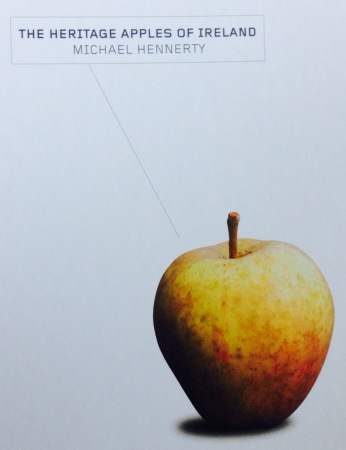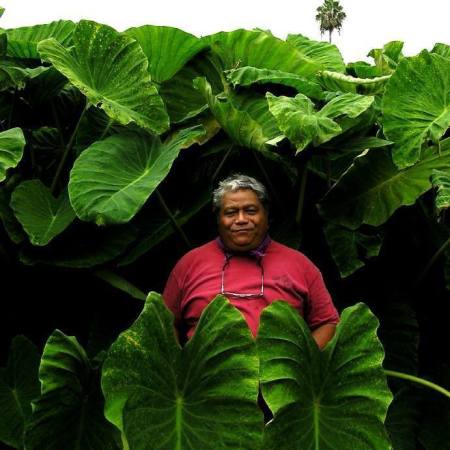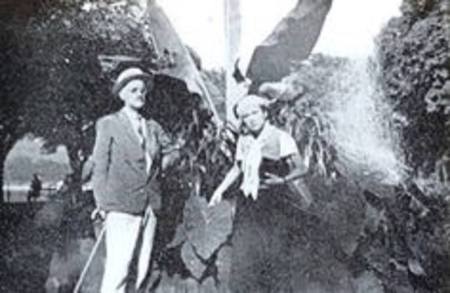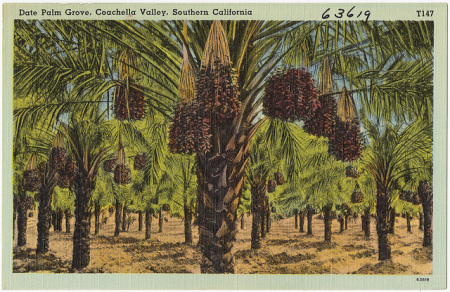Germplasm evaluation: yeah, sure, you can do it old-school style.
It was ascertained whether the collection of cucumber varieties of our Institute contained any non-bitter plants. At first no rapid chemical method was available for distinguishing the non-bitter plants from the bitter ones. Therefore tasting them was the only usable method. Although a large number of plants can be rapidly tasted, there are some drawbacks.
I bet there are.
A relatively small number of people working at our Institute was found to be capable of picking out correctly the plants that were non-bitter. As a rule a good taster cannot treat more than 20 to 30 plants at a time. The taster has to correct his taste now and then by consuming for instance a piece of toast or apple.
But our intrepid cucumber breeders persevered, and were suitably, if belatedly, rewarded (italics added).
When grown on in a glasshouse the vegetative parts of all plants but one were not entirely free from bitter principle. Although under our conditions none of these plants produced bitter fruits, all the plants that had traces of bitter principles in their vegetative parts were removed. At the end of the growing season only one out of the 15,000 plants tested remained.
But that was in the 1950s. And that’s a foreign country. This is how breeders roll these days:
Cucurbitacins are triterpenoids that confer a bitter taste in cucurbits such as cucumber, melon, watermelon, squash, and pumpkin. These compounds discourage most pests on the plant and have also been shown to have antitumor properties. With genomics and biochemistry, we identified nine cucumber genes in the pathway for biosynthesis of cucurbitacin C and elucidated four catalytic steps. We discovered transcription factors Bl (Bitter leaf) and Bt (Bitter fruit) that regulate this pathway in leaves and fruits, respectively. Traces in genomic signatures indicated that selection imposed on Bt during domestication led to derivation of nonbitter cucurbits from their bitter ancestors.
Which is cool, don’t get me wrong. But somehow seems to take the romance — and fun — out of it.
Incidentally, that one nice-tasting cucumber was an Improved Long Green.
 Our office complimentary copy of
Our office complimentary copy of 

